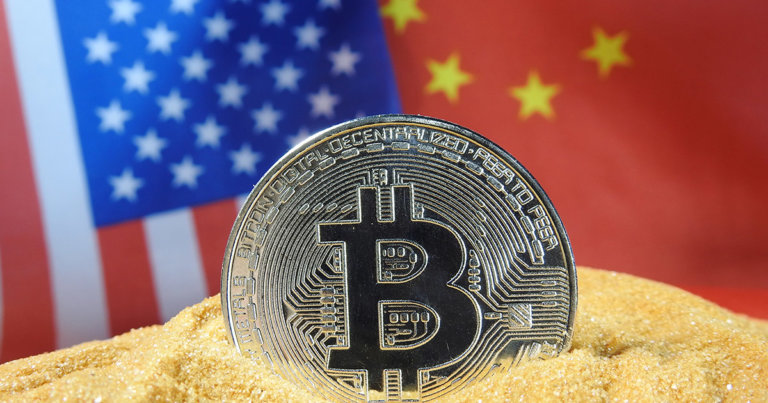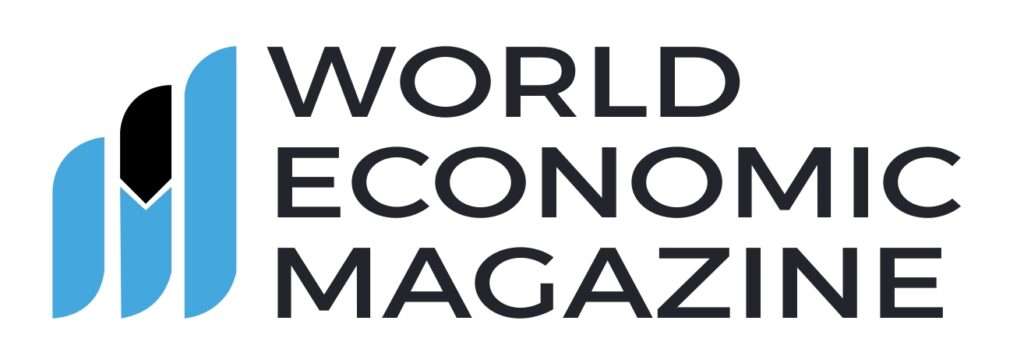
Bank of America Sets Sights on Stablecoin Entry, Pending Regulatory Clarity
Bank of America (BofA), the nation’s second-largest bank, is preparing to dive into the stablecoin space — but it’s waiting on Capitol Hill. CEO Brian Moynihan confirmed at a recent Morgan Stanley conference in New York that the bank is actively exploring stablecoins, the cryptocurrency class pegged to fiat currencies like the U.S. dollar, pending the passage of two key pieces of legislation.
“We’re working with the industry, working individually,” said Moynihan. “But the problem before was it wasn’t clear we were allowed to do it under the banking regulations.”
While Bitcoin and Ethereum grab headlines for their volatility, stablecoins are rapidly gaining ground as serious contenders in the future of digital payments. Designed to maintain a consistent value, stablecoins like USDC and USDT are increasingly seen as tools to modernize financial systems — and Bank of America doesn’t want to be left behind.
Waiting for Legal Green Light
BofA has been cautious with digital assets, but Moynihan revealed that stablecoin deployment is on the table — once the Genius Act and a broader market infrastructure bill pass. These bills would establish clear frameworks for how banks and fintech firms can issue and manage stablecoins, solving long-standing regulatory uncertainty that has plagued traditional financial institutions looking to enter the space.
“If they get the Genius Act or the Stable Act passed — and then the markets infrastructure enablement piece — that will allow us to figure out whether there’s really a business proposition,” said Moynihan.
Wall Street Warming to Stablecoins
BofA’s interest follows a wider trend on Wall Street. Stablecoin issuer Circle made a strong public debut last week on the New York Stock Exchange, doubling in value on its first day of trading. The buzz has reinvigorated optimism around the IPO market and the mainstreaming of crypto into traditional finance.
Moynihan noted that traditional banks are paying close attention. “If people use it as a transactional account, we have to be ready to have those transactional deposits stay within our franchise,” he explained, acknowledging the real risk of capital migration to more agile, crypto-native platforms.
A Zelle-Like Stablecoin Network?
Behind the scenes, major U.S. banks are already in talks to co-develop a collaborative stablecoin solution. A working group consisting of JPMorgan Chase, Citigroup, PNC, Wells Fargo, and BofA recently met to discuss building a shared stablecoin infrastructure, potentially modeled on the Zelle payments network. That initiative would allow the banks to offer secure, fast, dollar-pegged digital transactions without relying on third-party crypto firms.
The effort, reportedly spearheaded by PNC CEO William Demchak, is still in exploratory phases but signals the first serious attempt at a consortium-driven stablecoin network by incumbent banks.
Regulatory Hurdles and Political Spotlight
Passage of the Genius Act and the Clarity Act remains uncertain. Both bills have bipartisan support, but negotiations continue. Some Senators have proposed controversial amendments — such as prohibiting presidents and their families from profiting off stablecoin ventures — while others want to prevent stablecoin issuers from paying interest, which could undercut smaller community banks.
Senate Majority Leader John Thune has so far held off on allowing votes on these amendments, raising questions about how fast the legislation will move. President Donald Trump, who has promised to make the U.S. “the crypto capital of the planet,” has publicly urged Congress to pass the bills before the August recess.
Moynihan Stays Cautious
Despite the bank’s behind-the-scenes moves, Moynihan remains grounded in skepticism about overhyping stablecoins. “This idea that one payment system could take over the world very fast… it’s just not as simple as people think,” he said. From credit cards to checks and mobile payments, consumer behavior evolves slowly, he reminded the audience.
Nevertheless, BofA’s growing focus on crypto signals a new era for traditional banking. With regulation finally catching up to innovation, major financial institutions may soon be central players in the future of digital currency — whether through their own stable coins or strategic partnerships.






